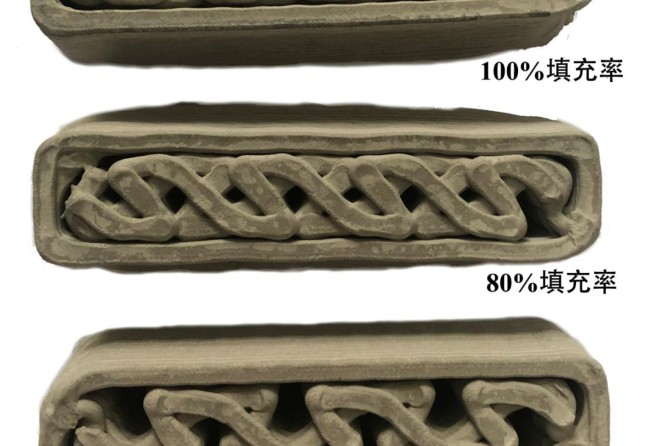
China team uses Cold War material to pave the way for a moon highway
- Researchers say they are close to solving the intractable problem of building lunar infrastructure
- At the heart of the project is ‘soil cement’ – a material discovered in the 1950s by a Soviet Union scientist

Beijing researchers say they have developed and tested the technology to build a highway on the moon.
“I have often dreamed of building a road on the moon,” said Zhou Siqi, lead author of a paper on the project, published in the peer-reviewed China Journal of Highway and Transport.
Speaking by phone to the South China Morning Post, Zhou said that, despite the complex technologies involved, “the scene at the construction site can be quite simple, with a robot scooping the lunar dust with one arm and laying the bricks with the other”.
Led by professor Li Feng, Zhou – a PhD candidate with Beihang University’s transport science and engineering school – and her colleagues turned to a geopolymer discovered in the 1950s to solve the problem of building infrastructure on the moon.
Soviet Union scientist Viktor Glukovsky stumbled accidentally on the material – initially known as “soil cement” – in a strange physical-chemical reaction that turned soft rock powder into a hard, ceramic-like material.
Unlike normal cement that needs to bind with the same amount of water as its weight, the geopolymer needs only a small amount to facilitate the reaction between rock powder and sodium hydroxide – a cheap chemical used to flush dirty pipes.
As the bricks harden, the chemical process releases all the water molecules to be collected for reuse in the next stage of the production cycle – making it possible to pave a road between lunar outposts, according to the paper.
Researchers from around the world have come up with numerous proposals over the decades for how to build lunar infrastructure, including melting lunar dust at extremely high temperatures and collecting sulphur from the topsoil to make cement.
But the problem has been so intractable some space scientists have argued it is beyond human capability. Instead, they say, governments should find more practical alternatives – such as mobile lunar stations, rock transport systems, stronger off-road vehicles, or even a cable car.
Zhou’s team combined the Cold War-era material with 3D printing technology and experimented with simulated lunar soil to find the right formula for a lunar highway that could offer a fast, safe, dust-free ride across its surface.
The fine lunar dust not only makes wheels slip, it can also block solar panels and damage equipment as it settles.

The Apollo mission’s lunar buggy managed just 18km/h (11 miles per hour) on relatively flat terrain. An unmanned vehicle, such as China’s Yutu rover, has to crawl along at less than 200 metres (600 feet) per hour to avoid running into pitfalls or rocks.
According to the researchers, the results of their preliminary study suggests building a road on the moon may be possible.
There were setbacks – adding too much water made the final product too soft, while not enough made it sticky and jammed the robotic printer. They also found that simply producing the geopolymer at different times of day was enough for variations in temperature to affect its quality.
Zhou said it took about 20 minutes to produce one brick in the laboratory using a desktop-sized 3D printer, but the process would be much faster with a machine scaled-up for a construction project.
A well-designed hollow structure would also reduce material consumption and increase productivity.
According to the researchers, sodium hydroxide accounted for less than 1 per cent of the materials needed. It could be supplied from Earth or produced on the moon, where there is abundant sodium, they said.
The team found that adding one-third of a gram of water to each gram of lunar soil, at a working temperature of 80 degrees Celsius (176 Fahrenheit), made bricks strong enough for road traffic without blocking the printing machine.
But Zhou’s dream of building a road on the moon faces one major uncertainty. “We don’t know for sure if there is water on the moon,” she said.
Remote sensing data and computer modelling have suggested there is ice at the bottom of some of the deep craters that lie permanently in shadow near the lunar south pole.
Over the next few years, China plans to launch several robotic expeditions into this region looking for direct evidence.
China has teamed up with Russia to build an international research station on the moon, which they plan to have up and running in about a decade, but the first step will be to locate and secure a water supply.
A space nuclear reactor capable of generating one megawatt of electric power is also in development to provide an ample and stable supply of energy to the lunar settlement.
